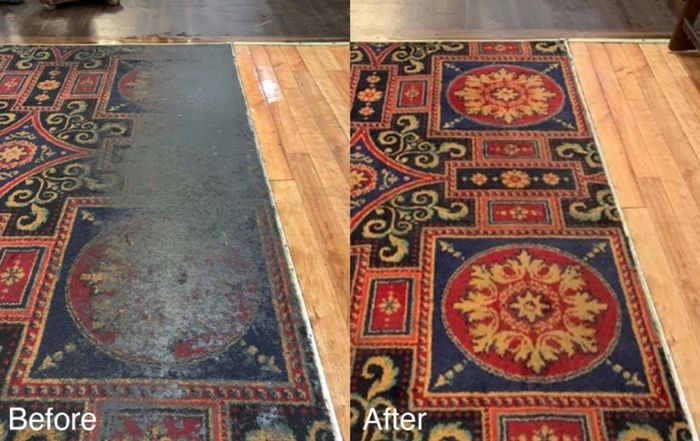Regular maintenance of carpets will not only prolong their working lives but also make cleaning them easier for operatives next time round. Prochem area sales representative Jon Ewing looks at one clean that makes the point clear.
Working closely with a number of commercial cleaning companies, we get to hear how the majority of their customers only want premises cleaned once or twice a year.
The reasons they give usually spring from budget and staffing issues and understandably given the current climate. But surely regular cleaning can prevent replacement? Good carpet is not cheap.
For hospitality areas such as hotels and pubs, carpet is “front of house”. It’s a meet-and-greet fixture and it really sets the tone for the user’s future experience of the premises. Having a clean environment could make all the difference for that crucial repeat business and returning custom.
A number of hotels we talk to know about low moisture cleaning methods and understand their appropriateness to task in entrance areas where they cannot afford for the carpet to be wet too long when running a 24-hour operation.
Down the pub
Pubs can be even more difficult given they’ll typically have high foot traffic with the joys of food and drink spills thrown into the equation. But this could put you off your beer.

These photos were taken on recent site visit to a well-known pub chain where our customer, a cleaning company, had been asked to ‘resurrect’ this woven wool carpet.
Technically, we would class this (left image) as a salvage/restoration project.
It’s heavily soiled with a combination build-up of tracked in dirt, grease and the usual food and beverages.
To have a chance of breaking down this amount of soiling, more water and chemical would potentially have to be used classing this as a riskier clean.
The reason for this is that the majority of the soils are also acidic: the general consensus would be to use an alkaline product to break down the greasy ‘blacktop’.
The two things wool carpets don’t react well to are high alkalinity (strong chemicals) and too much water (‘over-wetting’).
Either of these factors mean you could be looking at possible fibre degradation; cellulosic browning; shrinkage; colour bleed or maybe all four!
Getting to work
One look at that left hand picture prompted us to advise the cleaning contractor company quoting for the job that its operatives would have to ‘break up’ as much of the ‘blacktop’ as possible and then clean in sections, ensuring they got the carpet dry as quickly as possible.
A suitable pre-spray was chosen (S789 Power Burst) and agitated with a Contra Rotating Brush machine like the Prochem PRO 35.
This gently agitates the prespray into the carpet fibre to assist in breaking down the soil. After allowing adequate dwell time, the carpet would then be rinse extracted with a WoolSafe® approved product (on this occasion B109 Fibre & Fabric Rinse) and dried with air movers and/or adequate ventilation.
The team followed this advice and the result is clear to see. It’s a lovely, good carpet and it shows what can be done.
But my question would be: “Why would you let the carpet get to this level in the first place?”
Maintaining any carpet on a more regular basis, say every 2-3 months with light preventative cleaning methods can only maintain and prolong its life. It’s quicker, more cost-effective long-term extending replacement time periods, better for the carpet and for the customer.
We’ll drink to that!
Find out more about rising to life’s cleaning challenges at www.prochem.co.uk

